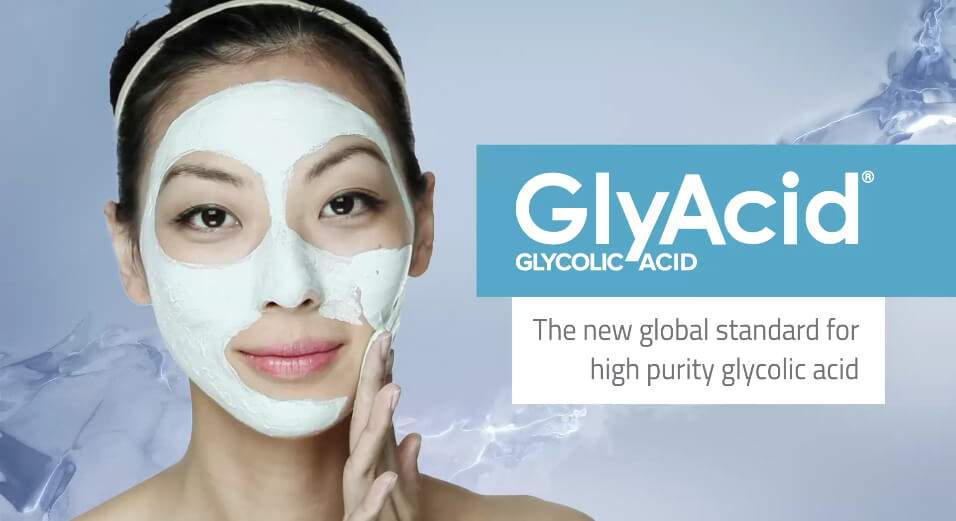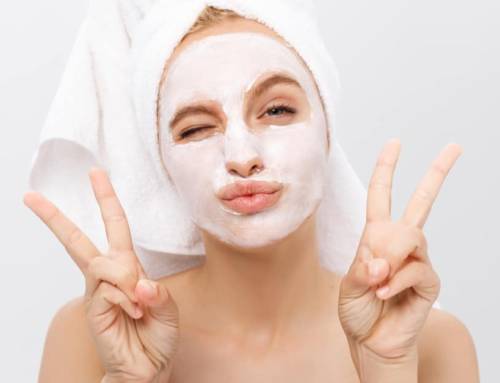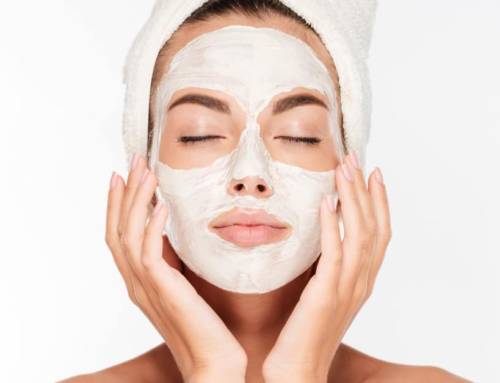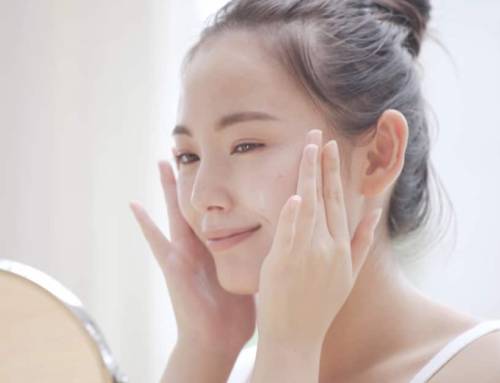Glycolic Acid Foot Masks for DIY Pedicures
August 5, 2020
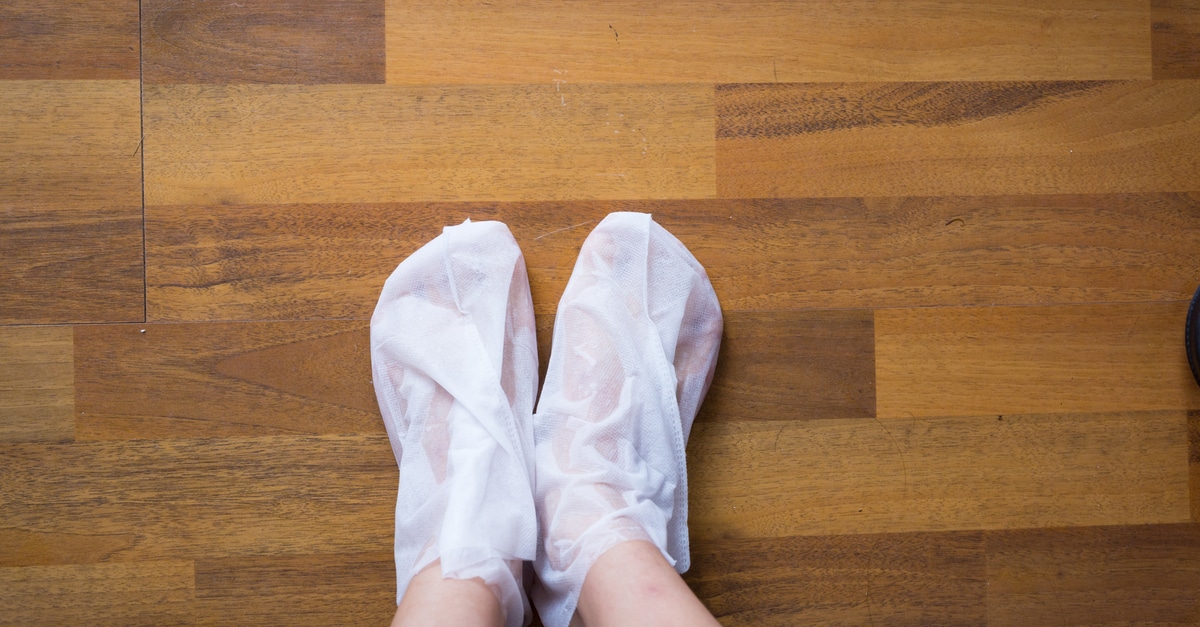
But, the among the hottest, most coveted masks of all during warm summer months? Uber-popular foot masks.
“The foot-peel phenomenon has been growing in recent years, but with so many of us still rooted in place, often without shoes on, it has reached new heights,” writes Lauren Mechling for The New York Times. “For some, foot treatments offer an alternative to pedicures.”
For consumers attempting DIY pedicures at home this summer, glycolic acid-based foot masks are the perfect product to help reveal softer, smoother feet.
What’s a foot mask?
Much like a mask for the face, foot masks come in a multitude of formats: liquid, creamy and spreadable, or even foot sheet masks.
However, the most popular foot masks are undoubtedly the single-use formulations that come as plastic booties or socks, and are filled with a jelly-like exfoliating liquid. After the feet soak in the liquid-filled socks for a prescribed amount of time, the foot mask booties are thrown away. A few days later, the skin on the feet begins to peel and shed off, much to the delight of consumers.
While a wide variety of foot masks proliferate the market, the most effective products all rely on a single ingredient to slough off dead, damaged skin fast: workhorse ingredient glycolic acid.
Superior chemical exfoliation
Glycolic acid is critical for formulating exfoliating foot masks, because glycolic acid offers the most efficacious, efficient exfoliation possible.
Once applied, glycolic acid’s low weight and small molecule size allow this unique Alpha Hydroxy Acid to quickly penetrate the skin cell. Glycolic acid then dissolves the “glue” holding the bonds of dead skin cells together and works to shed off built up, old, dry, and damaged skin cells rapidly.
It’s this gentle, chemical exfoliation that leads to the peeling, shedding skin associated with the most popular foot peels, and that also helps to eventually reveal softer, healthier feet.
Help for calluses and cracked heels
The non-abrasive chemical exfoliation of glycolic acid can also be helpful for removing thicker, tougher patches of skin on the feet, like calluses or cracked heels. When applied topically, glycolic acid can permeate and break down the hardened layers of dead skin cells that form a callus or cracked heel.
Additionally, because glycolic acid drives new cells to the surface of the skin, regular foot mask treatments can also help to maintain softer skin, for longer. New skin cells are more able to absorb moisturizing lotions and creams, and thus less likely to build up into discolored, thickened layers of dead, dry skin.
“Pairing chemical exfoliants, like deeply penetrating glycolic acid, along with moisturizing ingredients is a game-changer for areas that are ultra-dry, such as the heels,” writes Jessica Ourisman in The Zoe Report.
Plus, research has discovered that glycolic acid boosts the production of mucopolysaccharides, which increase the presence of hyaluronic acid, a water-binding molecule.
Sandal-ready feet for summer!
With sandal season here once again, consumers are seeking innovative, effective products to mimic a professional pedicure experience at home. Glycolic acid-based foot masks that can quickly shed, peel, and slough away dead skin and calluses are the perfect product to get feet into sandal-ready shape.

